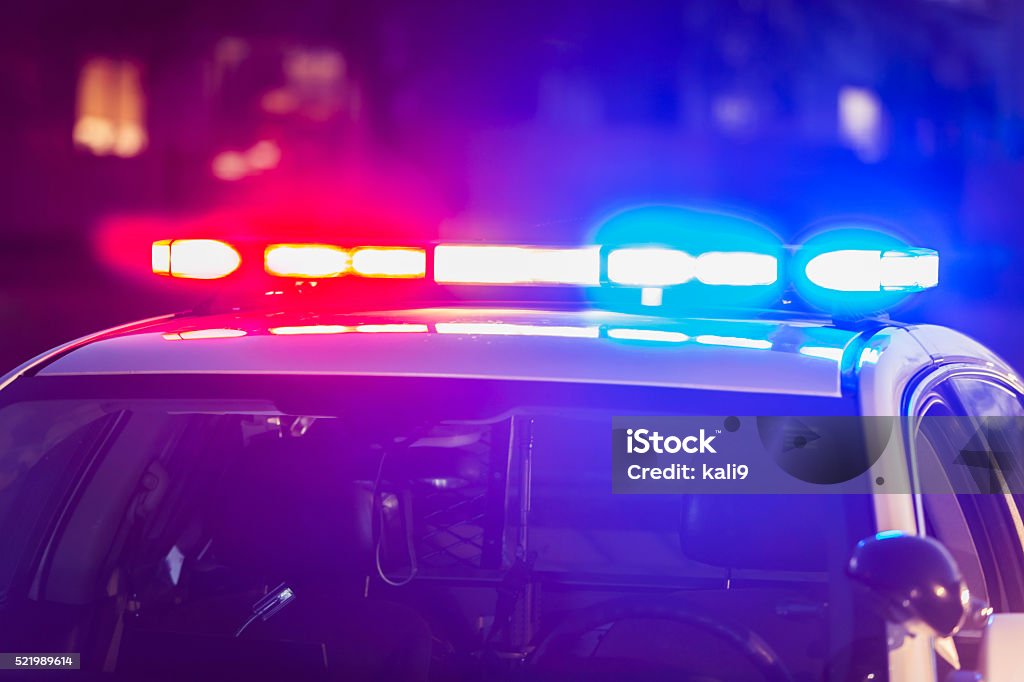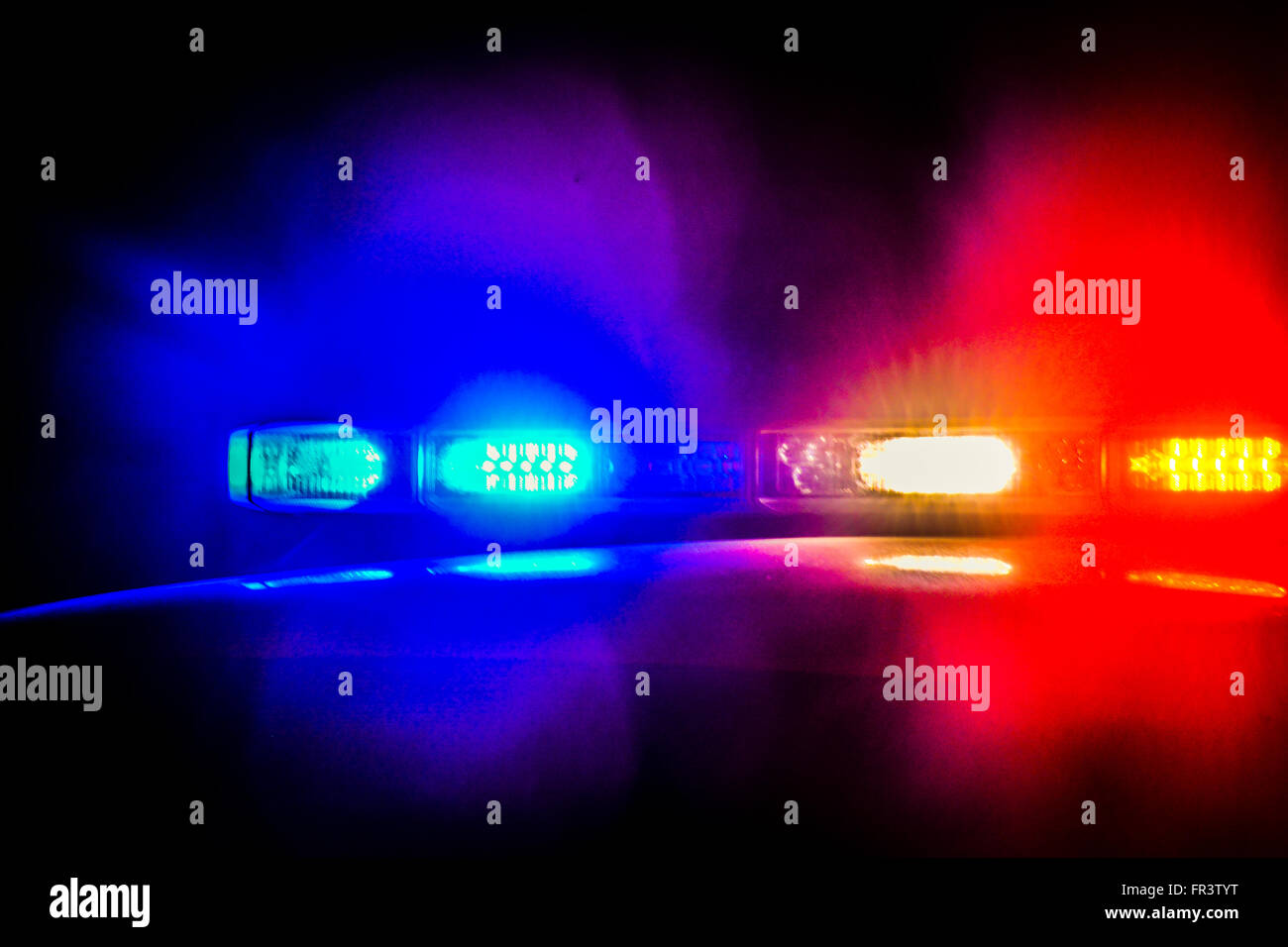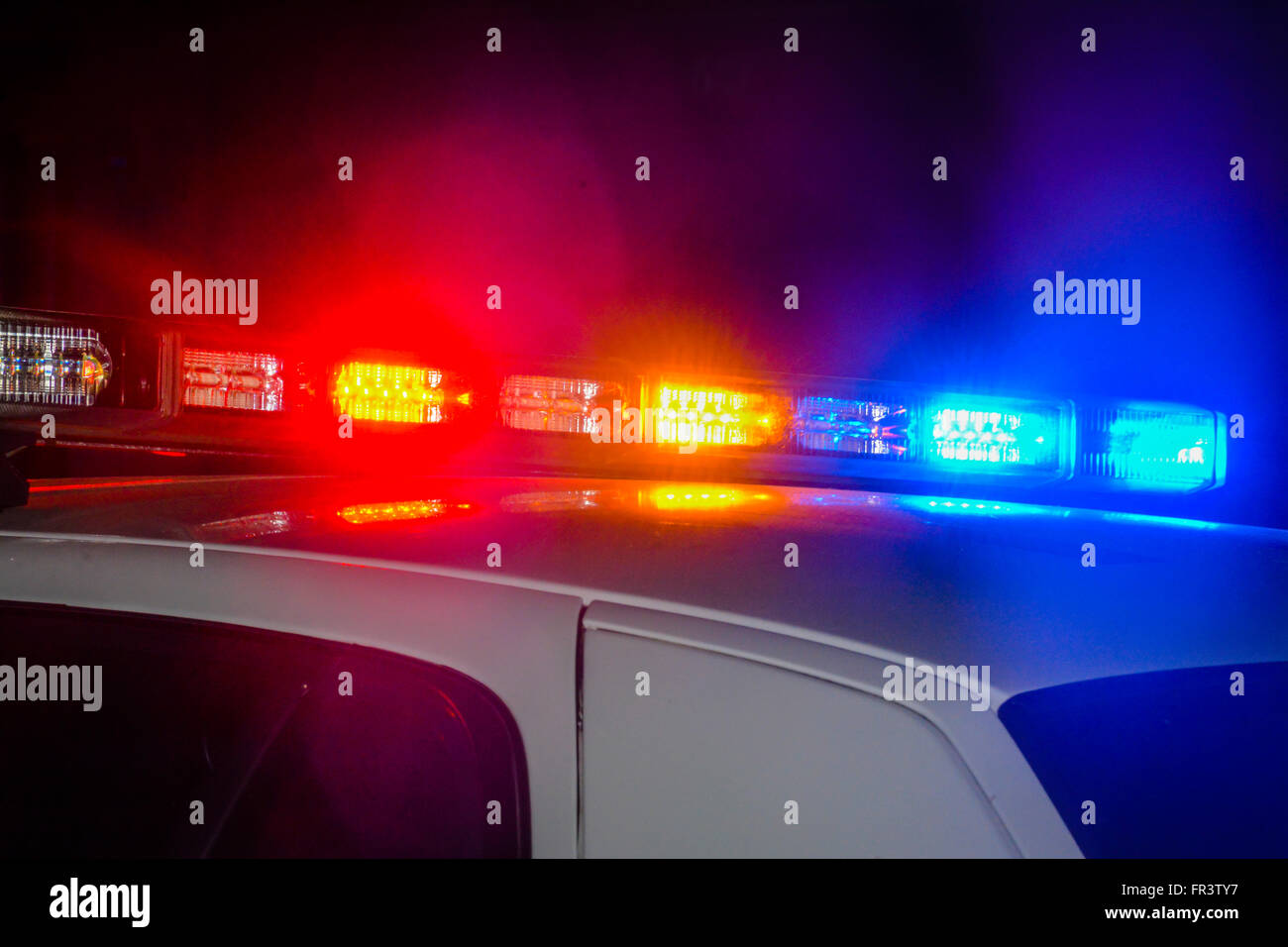Police Lights: Decoding Red, Blue & Other Colors - Explained
Ever wondered about the kaleidoscope of colors atop police cars and what they truly signify? The seemingly random flashes of red, blue, white, yellow, and amber aren't just for show; they're a carefully orchestrated visual language designed to communicate critical information and ensure public safety.
The realm of emergency vehicle lighting is a complex one, governed by a patchwork of regulations that vary from state to state, and even by type of emergency service. A study conducted by the National Highway Traffic Safety Administration (NHTSA) shed light on the effectiveness of these colors, revealing that red lights exhibit greater visibility during daylight hours, while blue lights perform more effectively under the cover of darkness. This forms the basis for many of the choices made in the design and application of these warning systems. The use of color and the placement of lights is designed to make an emergency vehicle immediately noticeable to other drivers.
In many jurisdictions, the use of blue lights is strictly reserved for law enforcement. Red lights, on the other hand, are more broadly used, encompassing emergency vehicles of all kinds. However, there are exceptions. For instance, in Pennsylvania, law enforcement agencies are mandated to display red lights, may display blue, and volunteer fire departments are authorized to utilize blue lights. This discrepancy highlights the nuanced nature of these regulations and the need to understand the local laws when interpreting the meaning of these lights.
The design of police lighting systems is not static. The use of blue and white lights, for instance, is growing in popularity. This combination offers an interesting blend of visibility and communication. While the red lights often signal the existence of an immediate emergency, the addition of blue can signal the presence or arrival of the police in less urgent situations. White lights can also be used, often in the form of flashing headlights, or spotlights, adding another dimension to the visual messaging system. This is about making the police car noticeable to other drivers.
The historical context is also relevant. The choice of red as a primary color for police vehicle lights traces back to the 1940s, predating the widespread adoption of blue. As the needs of law enforcement evolved, blue was added to complement red, improving the overall visibility and effectiveness of the warning systems.
These emergency lights are far from being the only signal the officers have. Rear lights are also a critical component of the visual warning system, with steady red and flashing amber lights playing distinct roles. The amber lights provide an additional warning signal, while the steady red lights serve to indicate that the vehicle has stopped.
The choice of colors, and their meaning, can vary, but there are some generally consistent uses. Red lights frequently indicate an immediate emergency, signaling to other motorists to take caution and clear the way. Blue lights, when added, often serve to alert drivers to the presence of a police vehicle, even in non-emergency situations. The use of white lights, in flashing headlights or spotlights, can increase visibility and communication further.
The use of these lights also includes visor lights, which gives undercover officers the ability to hide or display the lights depending on the situation. Undercover officers are using this type of lighting more and more because of its versatility. The lights are small, and easily hidden.
The use of the red and blue lights has become an iconic image, one that transcends generations and cultural divides. "Years ago, if you were to ask a child to draw a police car, you would undoubtedly get a picture of a black and white vehicleprobably a crown vic stylewith red and blue flashing lights."
The red and blue lights on the roof of a patrol car are more than just lights; they're an important part of the overall mission of keeping everyone safe. The lights are designed to alert everyone about what is happening around them. If the officer is in the middle of an emergency, they will turn on their red lights. The use of blue lights may also be used, it indicates the presence or arrival of the police in a less urgent situation.
The importance of police lights and how to use them are also regulated by the state. "Peace officers may also have a flashing blue warning light visible on the front, sides, and rear, as well as steady or flashing police lights above the roofline. California vehicle code sections 25258 and 25259."
As you navigate the roads, its essential to be aware of the visual cues emitted by emergency vehicles. Understanding the meanings of these colored lights can help you react appropriately and keep yourself and others safe. Remember that the specific meaning of the lights may vary by location, but the core principles remain consistent: to warn, to alert, and to protect.
| Feature | Details |
|---|---|
| Color Meanings | Red: Indicates an immediate emergency (e.g., accident, pursuit). Blue: Alerts drivers to the presence of a police vehicle or a less urgent situation. White: Used in flashing headlights or spotlights for enhanced visibility. Amber/Yellow: Often used on the rear of the vehicle for hazard warning. |
| Visibility | Red lights are generally more visible during the day. Blue lights are more effective at night. |
| Regulations | Regulations vary by state and jurisdiction. Blue lights are often restricted to law enforcement. Red lights are more commonly used by all emergency vehicles. |
| Placement | Lights are typically mounted on the roof, front grille, rear deck, and sides of the vehicle. Visor lights are used by undercover officers. |
| Purpose | To warn other drivers, alert them to a presence, and indicate the nature of the situation. |
| Historical Context | Red lights predate blue lights. Blue was added to complement red, enhancing visibility. |
The lights that adorn police vehicles, fire trucks, and ambulances serve a vital purpose beyond mere aesthetics. They are a critical component of emergency communication, utilizing a carefully crafted language of colors and patterns to signal the nature of the situation and alert the public to potential hazards. Whether it is a red flash signifying an immediate emergency or a blue light indicating a police presence, understanding these visual cues can be the key to making the roads safer for everyone.
The landscape of emergency vehicle lighting continues to evolve. Technological advances are constantly improving the effectiveness and efficiency of these systems. LED technology, for instance, has revolutionized the industry, offering brighter, more energy-efficient lights that can be programmed with complex patterns to maximize visibility. The development and refinement of these systems underscores the ongoing commitment to public safety and the constant quest to make our roads safer for everyone.


